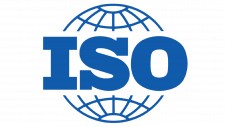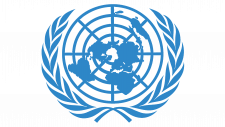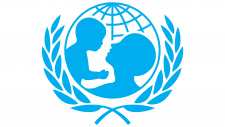OPEC Logo
OPEC stands as a cornerstone in the world’s oil sector. Five nations — Iran, Iraq, Kuwait, Saudi Arabia, and Venezuela — set it up in Baghdad to synchronize and harmonize their oil strategies. Its inception signaled oil-rich countries’ strategic decision to commandeer their resources, influencing worldwide oil costs and availability. This alliance crucially molds the global economic and political terrains of energy.
Meaning and history
In 1960, Iran, Iraq, Kuwait, Saudi Arabia, and Venezuela came together to form OPEC with a vision to steer oil prices and policies. As oil ascended in global significance, OPEC’s sway expanded. The consortium’s 1970s embargo unleashed the oil crisis of 1973, cementing its clout in worldwide oil markets. The 1980s brought rival external producers to the fore, challenging OPEC’s authority. Environmental considerations in the 1990s influenced the organization’s policy-making, while climate debates reshaped energy policies on a global scale. OPEC weathered market and political storms in the 2000s. In 2016, OPEC broadened its reach by forming OPEC+, with Russia as a notable member, striving for market stability. Continuously, OPEC adapts, maintaining its pivotal role amidst shifting market and environmental landscapes.
What is Opec?
OPEC stands as a cornerstone in the world’s oil sector. Five nations — Iran, Iraq, Kuwait, Saudi Arabia, and Venezuela — set it up in Baghdad to synchronize and harmonize their oil strategies. Its inception signaled oil-rich countries’ strategic decision to commandeer their resources, influencing worldwide oil costs and availability. This alliance crucially molds the global economic and political terrains of energy.
Today
The logo is a bold, stylized assemblage of geometric shapes. Four cerulean blue circles are sliced and arranged around a vertical axis, creating a dynamic symmetry. The design suggests a sense of unity and connection, perhaps indicative of collaboration. The use of negative space forms the letters ‘OPEC,’ reflecting the organization’s focus on solidarity and integration in the oil industry. The choice of blue conveys professionalism and reliability, traits valued in international commerce.











